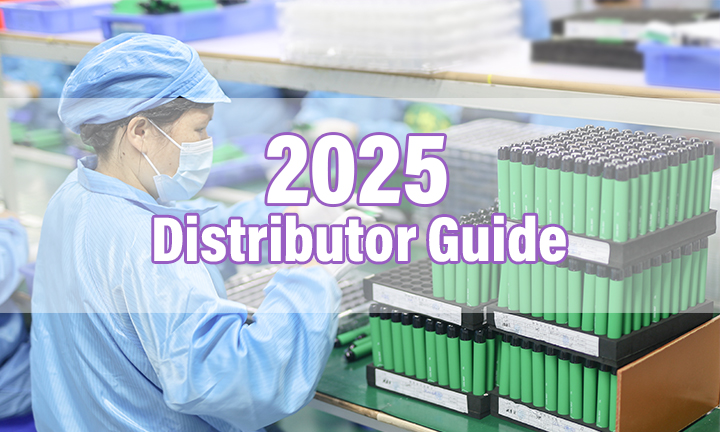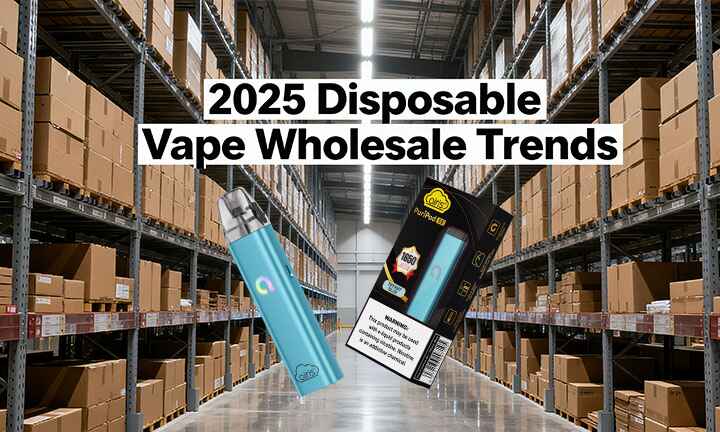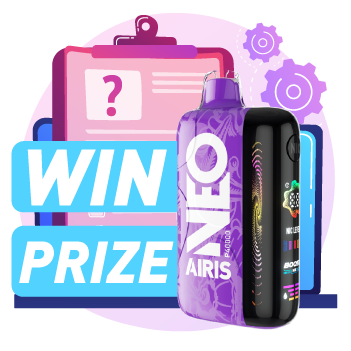WARNING:This product contains nicotine.Nicotine is an addictive chemical.
The Therapeutic Goods Administration (TGA) has confirmed that from 1 July 2025, all therapeutic nicotine vaping products sold or supplied in Australia will need to comply with new, tightened product standards. The changes form part of the government’s continuing effort to regulate vaping products more closely and to ensure that only quality-controlled, medically supervised options remain available for people trying to quit smoking.
A Market Moving Toward Medical-Grade Regulation
Australia already has one of the most restrictive vaping frameworks in the world. Since 2024, nicotine vapes have been treated as prescription-only therapeutic goods, available legally only through doctors and pharmacies. Despite these limits, medical demand has remained stable as more adult smokers turn to controlled nicotine options as part of cessation programs.
For international manufacturers, Australia’s market is small but premium — focused on safety, purity, and compliance rather than mass retail. The new standards reinforce that positioning, making it clear that only products meeting medical-grade expectations will stay on shelves.
Key Requirements of the New TGA Standards
The updated Therapeutic Goods Order 110 introduces tougher benchmarks for all therapeutic vaping liquids, devices, and accessories.
1. Permitted Ingredients
Only four base ingredients will be allowed: nicotine (up to 50 mg/mL), propylene glycol, glycerol, and purified water.
All sweeteners, coloring agents, and other additives will be banned. Flavor choices will be limited to tobacco, menthol, or mint, removing the fruit and dessert profiles common in consumer vapes.
2. Packaging and Labeling
Products must adopt plain packaging with no brand graphics or promotional language.
Each unit must include a consumer information leaflet describing safe use and storage, and carry prominent nicotine warnings.
3. Device and Hardware Standards
Vape devices must meet medical-device-grade technical requirements, covering electrical and battery safety, structural durability, and child-resistant design. Manufacturers will also be required to demonstrate toxicological risk management and product consistency.
4. Supply and Distribution Rules
From July 2025, pharmacies may supply only compliant products listed on the TGA’s Notified Vape List. Non-compliant stock must be withdrawn. Importing or retailing unapproved devices will remain a breach of federal law, subject to seizure and penalties.
What the New Rules Mean for Industry and Sellers
The shift signals a clear divide between recreational and therapeutic vaping. For international brands hoping to access Australia’s regulated channel, several priorities stand out:
- Reformulate and Simplify – Ensure that nicotine strength and ingredients meet the four-component rule. Flavoring beyond mint, menthol, or tobacco will not pass inspection.
- Comply with Plain-Packaging Law – Branding should resemble pharmaceutical labeling, not lifestyle marketing.
- Register and Verify – Coordinate with local importers to have compliant products listed with the TGA before the July deadline.
- Provide Documentation – Ingredient purity reports, battery safety certificates, and toxicology data will be essential for pharmacy supply.
- Target the Right Market – Recreational retail is closing, but the therapeutic segment is open to companies that can meet professional healthcare expectations.
As one pharmacy association spokesperson noted, these standards “give patients and prescribers greater confidence that the vapes available through medical channels are controlled, consistent, and designed for safety.” The TGA has emphasized that the changes are not about banning nicotine vapes entirely, but about ensuring that any product used for smoking cessation meets the same quality bar as other therapeutic goods.
Looking Ahead
Once the new rules take effect, non-compliant products will quickly disappear from the Australian market. Manufacturers able to meet the higher threshold could find opportunities in a leaner but more credible therapeutic segment — one aligned with the country’s long-term tobacco-control strategy.
For exporters, the message is clear: adapt early, document thoroughly, and position your products as medical-grade aids rather than lifestyle devices.
Full details and guidance are available on the TGA official website.






